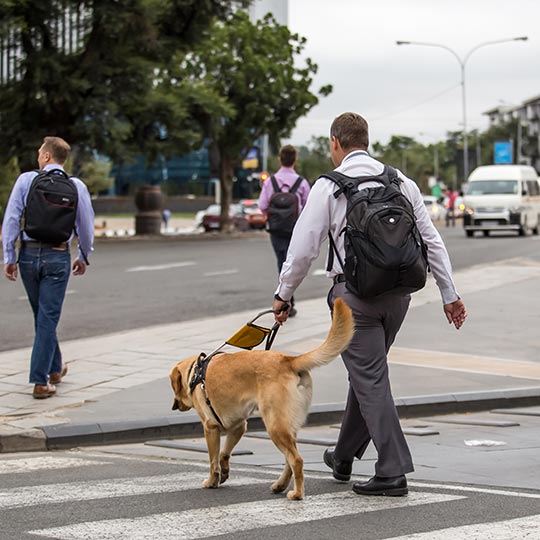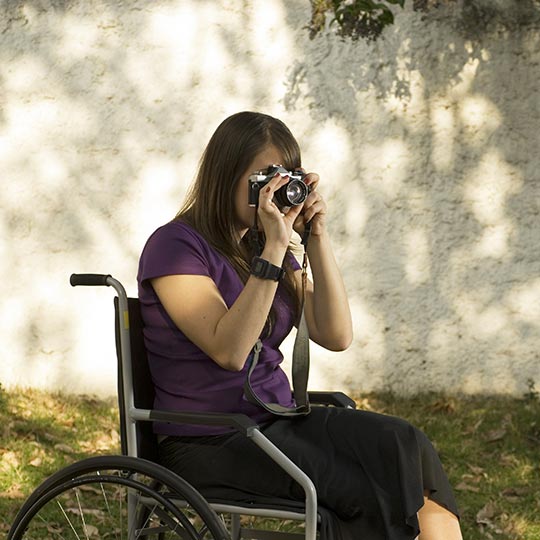A wheelchair, a pair of crutches or the need for a guide dog don’t have to be obstacles to enjoying one of the most enriching and expansive leisure experiences: travel. In Spain, almost all infrastructure and most tourism-related services meet accessibility requirements. From the most basic, adapted transport that guarantees mobility, to a wide range of accessible activities, visiting museums and sightseeing without any barriers, or accommodation and restaurants capable of meeting the needs of people with disabilities. Transport If you are travelling to Spain by plane, you won’t have any problems at all. All airports in Spain provide the option of assistance service for people with reduced mobility or mental, hearing or visual disabilities free of charge. On the AENA website, you can view the form to request this support (available in Spanish and English), in addition to the meeting points and specifications for each airport. An assistant will accompany you from the moment you arrive at the terminal, helping with check-in processes, security controls, boarding, disembarking and luggage collection.







